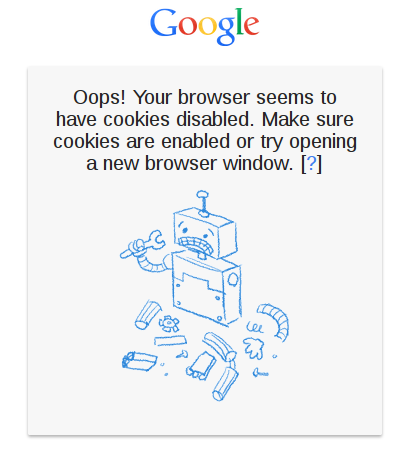Here follow some numbers extracted from my recent HTTP/2 presentation.
First: HTTP/2 is not finalized yet and it is not yet in RFC status, even though things are progressing nicely within the IETF. With some luck we reach RFC status within Q1 this year.
On January 13th 2015, Firefox 35 was released with HTTP/2 enabled by default. Firefox was already running it enabled before that in beta and development versions.
Chrome has also been sporting HTTP/2 support in development versions since many moths back where it could easily be manually enabled. Chrome 40 was the first main release shipped with HTTP/2 enabled by default, but it has so far only been enabled for a very small fraction of the user-base.
On January 28th 2015, Google reported to me by email that they saw HTTP/2 being used in 5% of their global traffic (que all relevant disclaimers that this is not statistically safe numbers). This, close after a shaky period with Google having had their HTTP/2 services disabled through parts of the Christmas holidays (due to bugs) – and as explained above, there’s been no time for any mainstream browser to use HTTP/2 by default for very long!
Further data points: Mozilla collects telemetry data from Firefox users who opted-in to it, and it collects numbers on “HTTP Protocol Version Used on Response”. On February 10, it reports that Firefox 35 users have got their responses to report HTTP/2 in 9% of all responses (out of more than 340 billion reported responses). The Telemetry for Firefox Nightly 38 even reports HTTP/2 in 14% of all responses (based on a much smaller sample collection), which I guess could very well be because users on such a bleeding edge version are more experimental by nature.
In these Firefox stats we see that recently, the number of HTTP/2 responses outnumber the HTTP/1.0 responses 9 to 1.





 A few weeks ago I decided to give Chrome a good ride on my main machine, a Debian Linux unstable. I use it a lot, every day, and I of course use my browser during a large portion of my time in front of it. I’m a long time Firefox fan and when I’ve heard and read other people converting I’ve always thought it’d be hard for me due to my heavy use of certain plugins, old habits and so on.
A few weeks ago I decided to give Chrome a good ride on my main machine, a Debian Linux unstable. I use it a lot, every day, and I of course use my browser during a large portion of my time in front of it. I’m a long time Firefox fan and when I’ve heard and read other people converting I’ve always thought it’d be hard for me due to my heavy use of certain plugins, old habits and so on. ts own URL and its own password. But Firefox just cannot remember them separately!!! These are pages I visit several times each day to ack or reject posts etc. Chrome remembers the passwords excellently for all the individual lists. This makes me a much happier person.
ts own URL and its own password. But Firefox just cannot remember them separately!!! These are pages I visit several times each day to ack or reject posts etc. Chrome remembers the passwords excellently for all the individual lists. This makes me a much happier person.